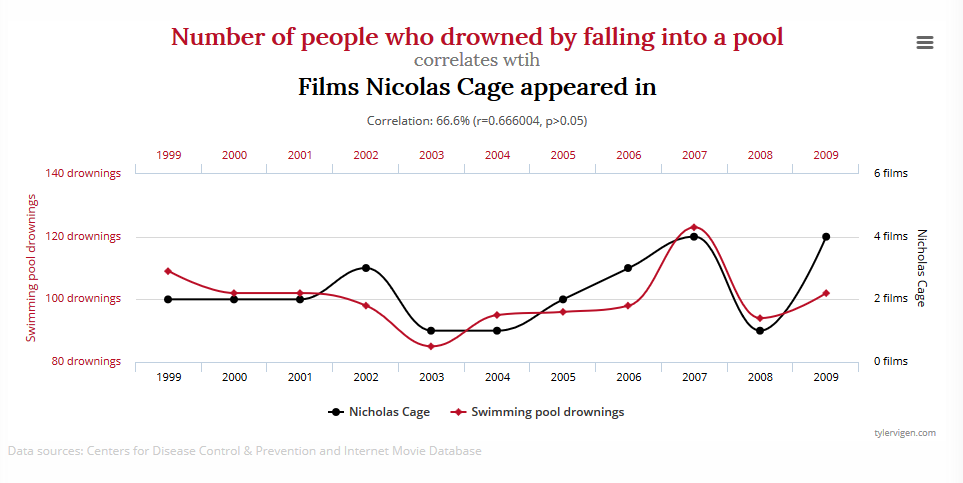For example, aspirin was discovered in 1897, and an explanation of how it works followed in 1995. That, in turn, has spurred some research leads on making better pain relievers through something other than trial and error.
This kind of discovery — answers first, explanations later — I call “intellectual debt.” We gain insight into what works without knowing why it works. We can put that insight to use immediately, and then tell ourselves we’ll figure out the details later. Sometimes we pay off the debt quickly; sometimes, as with aspirin, it takes a century; and sometimes we never pay it off at all.
Be they of money or ideas, loans can offer great leverage. We can get the benefits of money — including use as investment to produce more wealth — before we’ve actually earned it, and we can deploy new ideas before having to plumb them to bedrock truth.
Indebtedness also carries risks. For intellectual debt, these risks can be quite profound, both because we are borrowing as a society, rather than individually, and because new technologies of artificial intelligence — specifically, machine learning — are bringing the old model of drug discovery to a seemingly unlimited number of new areas of inquiry. Humanity’s intellectual credit line is undergoing an extraordinary, unasked-for bump up in its limit.
[…]
Technical debt arises when systems are tweaked hastily, catering to an immediate need to save money or implement a new feature, while increasing long-term complexity. Anyone who has added a device every so often to a home entertainment system can attest to the way in which a series of seemingly sensible short-term improvements can produce an impenetrable rat’s nest of cables. When something stops working, this technical debt often needs to be paid down as an aggravating lump sum — likely by tearing the components out and rewiring them in a more coherent manner.
[…]
Machine learning has made remarkable strides thanks to theoretical breakthroughs, zippy new hardware, and unprecedented data availability. The distinct promise of machine learning lies in suggesting answers to fuzzy, open-ended questions by identifying patterns and making predictions.
[…]
Researchers have pointed out thorny problems of technical debt afflicting AI systems that make it seem comparatively easy to find a retiree to decipher a bank system’s COBOL. They describe how machine learning models become embedded in larger ones and then be forgotten, even as their original training data goes stale and their accuracy declines.
But machine learning doesn’t merely implicate technical debt. There are some promising approaches to building machine learning systems that in fact can offer some explanations — sometimes at the cost of accuracy — but they are the rare exceptions. Otherwise, machine learning is fundamentally patterned like drug discovery, and it thus incurs intellectual debt. It stands to produce answers that work, without offering any underlying theory. While machine learning systems can surpass humans at pattern recognition and predictions, they generally cannot explain their answers in human-comprehensible terms. They are statistical correlation engines — they traffic in byzantine patterns with predictive utility, not neat articulations of relationships between cause and effect. Marrying power and inscrutability, they embody Arthur C. Clarke’s observation that any sufficiently advanced technology is indistinguishable from magic.
But here there is no David Copperfield or Ricky Jay who knows the secret behind the trick. No one does. Machine learning at its best gives us answers as succinct and impenetrable as those of a Magic 8-Ball — except they appear to be consistently right. When we accept those answers without independently trying to ascertain the theories that might animate them, we accrue intellectual debt.
Source: Intellectual Debt: With Great Power Comes Great Ignorance

